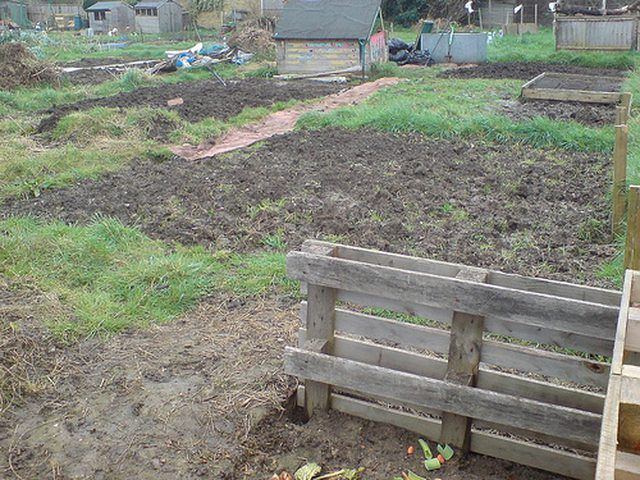Bulbs
Flower Basics
Flower Beds & Specialty Gardens
Flower Garden
Garden Furniture
Garden Gnomes
Garden Seeds
Garden Sheds
Garden Statues
Garden Tools & Supplies
Gardening Basics
Green & Organic
Groundcovers & Vines
Growing Annuals
Growing Basil
Growing Beans
Growing Berries
Growing Blueberries
Growing Cactus
Growing Corn
Growing Cotton
Growing Edibles
Growing Flowers
Growing Garlic
Growing Grapes
Growing Grass
Growing Herbs
Growing Jasmine
Growing Mint
Growing Mushrooms
Orchids
Growing Peanuts
Growing Perennials
Growing Plants
Growing Rosemary
Growing Roses
Growing Strawberries
Growing Sunflowers
Growing Thyme
Growing Tomatoes
Growing Tulips
Growing Vegetables
Herb Basics
Herb Garden
Indoor Growing
Landscaping Basics
Landscaping Patios
Landscaping Plants
Landscaping Shrubs
Landscaping Trees
Landscaping Walks & Pathways
Lawn Basics
Lawn Maintenance
Lawn Mowers
Lawn Ornaments
Lawn Planting
Lawn Tools
Outdoor Growing
Overall Landscape Planning
Pests, Weeds & Problems
Plant Basics
Rock Garden
Rose Garden
Shrubs
Soil
Specialty Gardens
Trees
Vegetable Garden
Yard Maintenance
What Is Peat Moss?
What Is Peat Moss?. Peat moss is a common horticultural soil additive, whose unique properties come from the specific conditions under which it is grown. With careful use, it can be a valuable addition to any gardener's growing arsenal.

Peat moss is a common horticultural soil additive, whose unique properties come from the specific conditions under which it is grown. With careful use, it can be a valuable addition to any gardener's growing arsenal.
Sphagnum
Peat moss is the common name for a variety of mosses from the genus Sphagnum, all of which can be found growing on and in peat bogs. The tough, fibrous moss increases the acidity of the bog on which it grows, as well as reducing airflow to the decaying matter underneath. This combination of factors has led peat bogs to preserve matter that would have normally decayed long ago, and many archaeological discoveries have been made underneath beds of sphagnum.
Uses
The tough, fibrous mass of peat moss can serve a variety of horticultural uses. When living moss is harvested and dried, it can become tough and water-resistant. You can plant biodegradable pots made from this material directly into the soil, and they naturally break down over a long period of time. More commonly, however, gardeners and landscapers use the moss when it is dead and partially decayed, where they often mix it directly into the soil for different purposes.
Soil pH
The most common use of peat moss is to lower the pH of soil for planting certain species. Mixing peat moss into a planting bed allows plants that prefer a more acidic environment to survive in soil that is otherwise more alkaline. You must take care not to overdo it, however; too much peat mixed into a planting bed can leave it too acidic for anything to thrive well.
Soil Composition
Another quality of peat moss is its ability to retain water. Mixed into dry or sandy soil, it can help reduce runoff and keep nutrients from leaching away. Likewise, if mixed into heavier clay soil, it can serve to lighten the consistency, allowing plants with more delicate roots a chance to find a firm foothold.
Concerns
There are a few issues to consider when using peat moss. Living peat moss can harbor the fungal disease known as spirotrichosis, whose spores can enter the skin via cuts and abrasions. When utilizing living or dried peat moss, always wear gloves to prevent infection. In addition, the widespread harvesting of peat bogs for peat moss has been known to damage local ecosystems, so take care to ensure that your peat moss comes from a sustainable source.